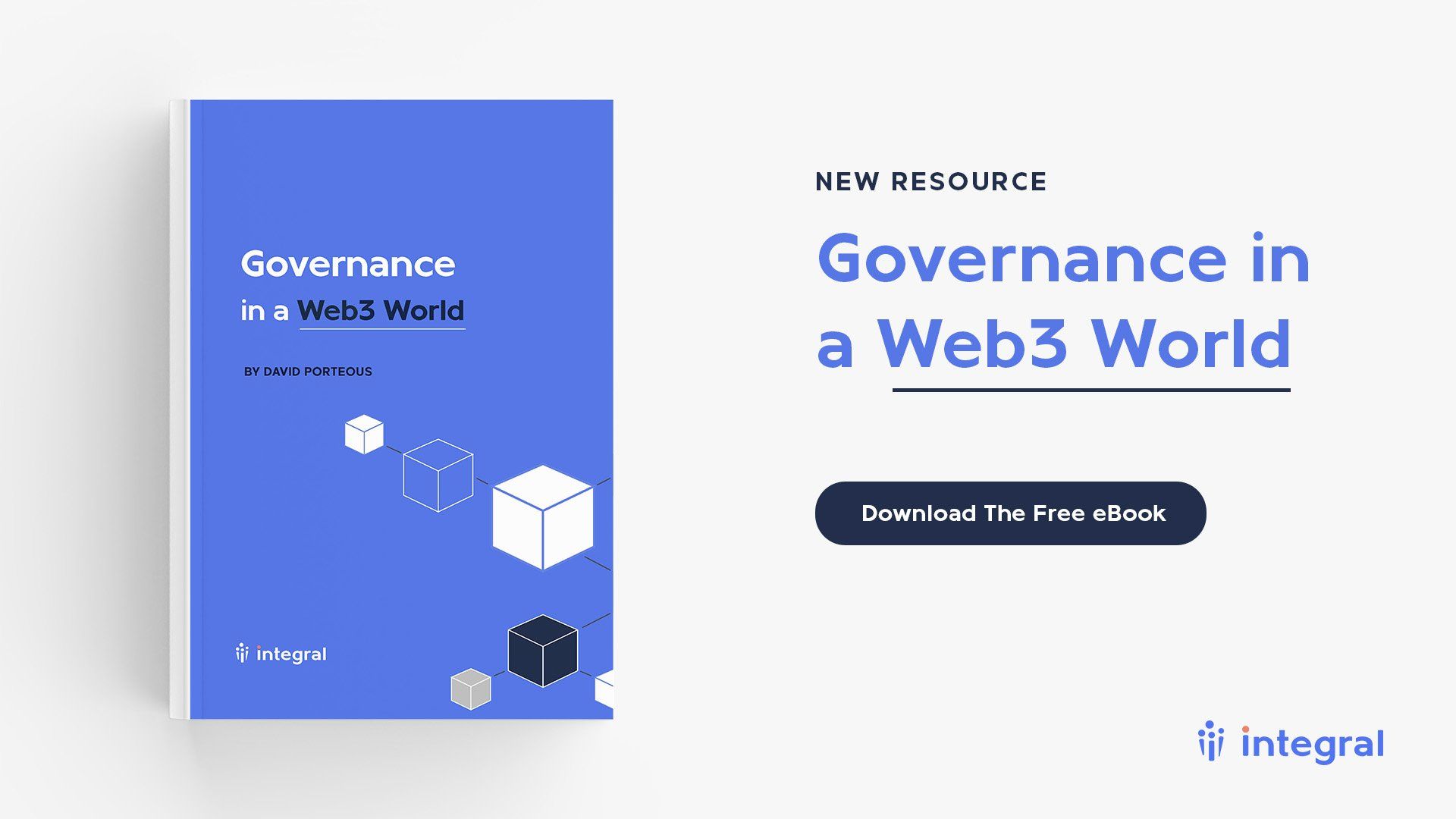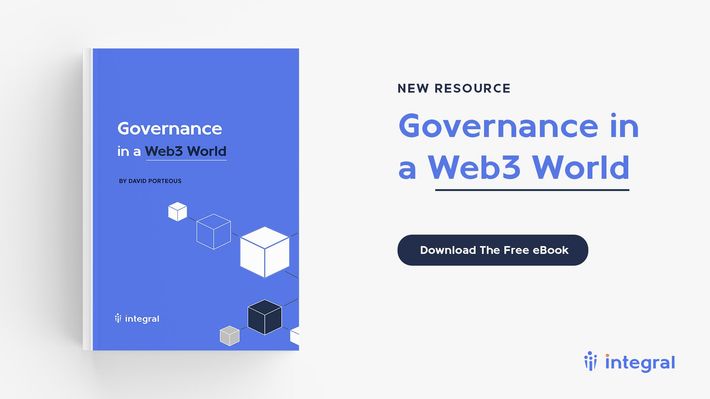Encouraging and supporting the emergence of good governance.
We help individuals, teams and organizations develop effective governance approaches and decision-making architectures that fit their purpose and stage of growth.
Effective decision-making is integral to the success of organizations.
To put it another way, good governance matters. Governance defines how authority and power flow within an organization, either enabling it to achieve its purpose or holding it back.
Public corporations are increasingly subject to governance regulations and codes around the world, but governance is not only for them. Governance is integral to all types of organizations—public, private, public-private—and all scales: even small businesses need effective governance for their context.
We provide advice, evaluation, facilitation, mentoring and coaching services to individuals, teams and organizations to develop governance systems which fits their purpose and stage of growth. We have years of experience in founder, executive and board roles which we gladly bring to bear to craft solutions short term and long term.
ABOUT US
To put it another way, good governance matters. Governance defines how authority and power flow within an organization, either enabling it to achieve its purpose or holding it back.
Public corporations are increasingly subject to governance regulations and codes around the world, but governance is not only for them. Governance is integral to all types of organizations—public, private, public-private—and all scales: even small businesses need effective governance for their context.
We provide advice, evaluation, facilitation, mentoring and coaching services to individuals, teams and organizations to develop governance systems which fits their purpose and stage of growth. We have years of experience in founder, executive and board roles which we gladly bring to bear to craft solutions short term and long term.
Effective decision-making is integral to the success of organizations.
ABOUT US
We help individuals, teams and organizations develop effective governance approaches and decision-making architectures that fit their purpose and stage of growth.
Effective decision-making is integral to the success of organizations.
To put it another way, good governance matters. Governance defines how authority and power flow within an organization, either enabling it to achieve its purpose or holding it back.
Public corporations are increasingly subject to governance regulations and codes around the world, but governance is not only for them. Governance is integral to all types of organizations—public, private, public-private—and all scales: even small businesses need effective governance for their context.
We provide advice, evaluation, facilitation, mentoring and coaching services to individuals, teams and organizations to develop governance systems which fits their purpose and stage of growth. We have years of experience in founder, executive and board roles which we gladly bring to bear to craft solutions short term and long term.
Lorem ipsum dolor sit amet, consetetur sadipscing elitr, sed diam nonumy eirmod tempor invidunt ut labore et dolore magna aliquyam erat, sed diam voluptua. At vero eos et accusam et justo duo.
Bespoke governance solutions for organizations at different stages of evolution—from startup to mature.
Board effectiveness and ESG reviews using templates or bespoke at differing levels of intensity.
Individualized support for board chairs, directors and executives.
Team or individual support for boards or executive teams to achieve their goals.
Designing and facilitating of effective strategy retreats and workshops.
OUR SERVICES
A FOCUS ON DIGITAL GOVERNANCE
Digital transformation has already changed the way many organizations function. Now it is starting to change the way they are governed as well. I am passionate about strengthening decision making to enable organizations to serve their purpose more effectively.
-David Porteous, Founder and CEO
A FOCUS ON DIGITAL GOVERNANCE
Digital transformation has already changed the way many organizations function. Now it is starting to change the way they are governed as well. I am passionate about strengthening decision making to enable organizations to serve their purpose more effectively.
-David Porteous, Founder and CEO
WHAT PEOPLE ARE SAYING

Slide title
Write your caption hereButton
Slide title
Write your caption hereButton
Slide title
Write your caption hereButton
Slide title
Write your caption hereButton
LATEST RESOURCE
OUR ARTICLES










LATEST RESOURCE
LATEST ARTICLES




















